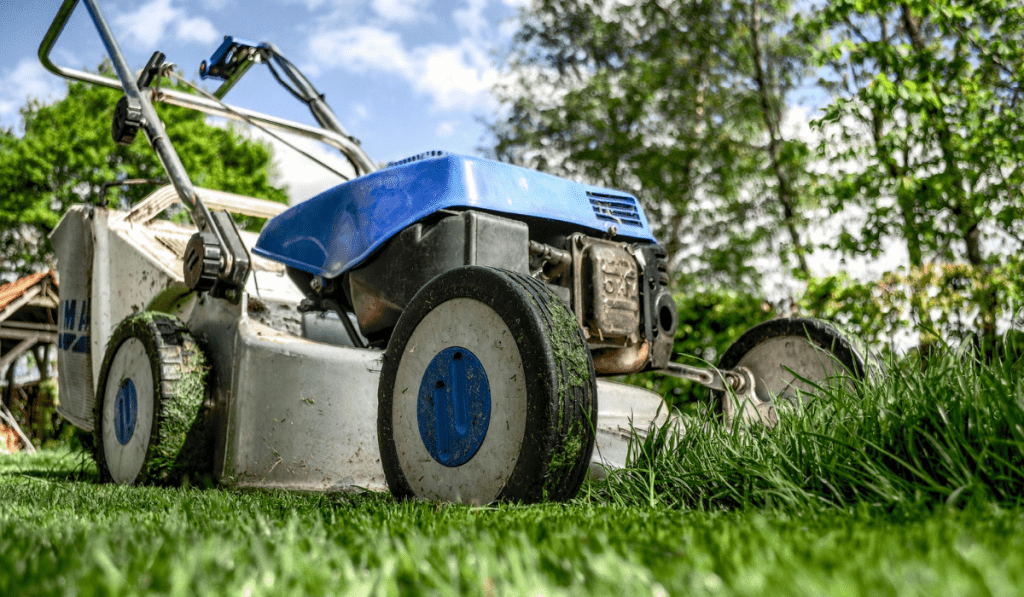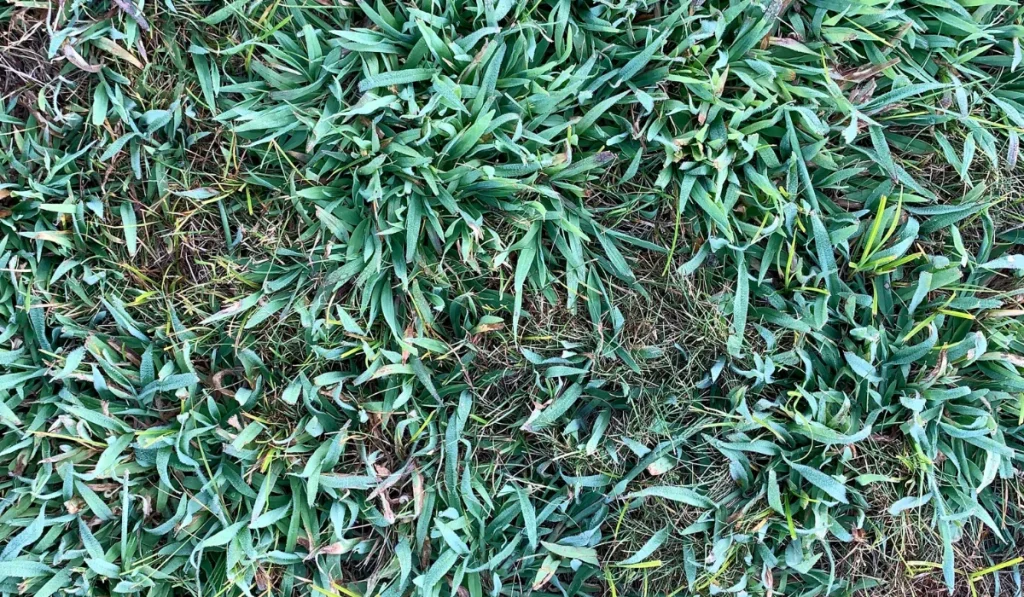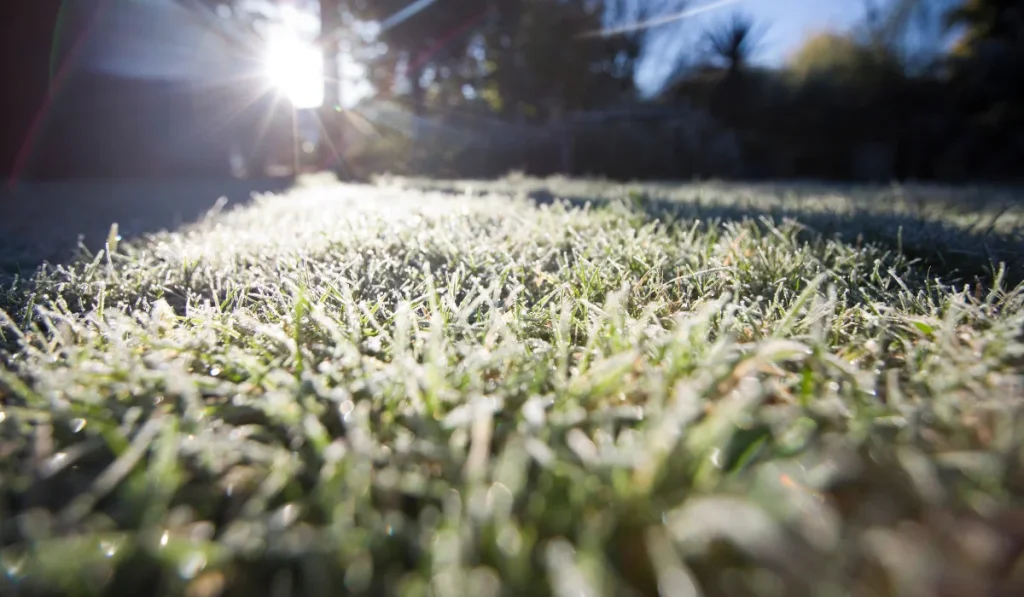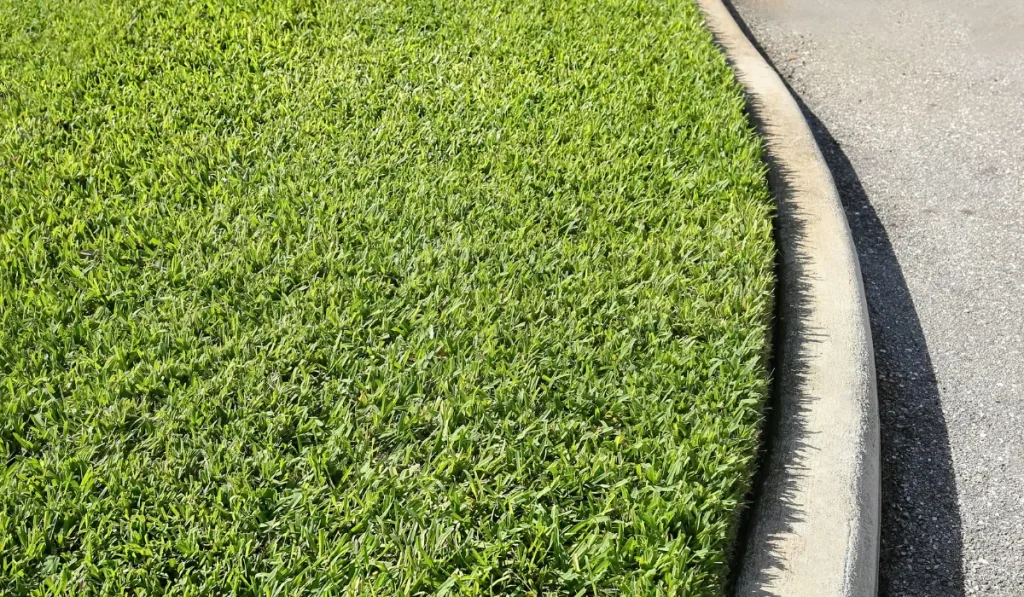Here in California, we’re in the third year of one of a historic drought that has left many parts of the state, including Los Angeles and other major cities, looking dry and parched. This summer, businesses, and homeowners were forced to adhere to strict water conservation rules in an effort to preserve this precious resource. Unsurprisingly, many lawns in California suffered as a result.
So do we just have to resign ourselves to brown, patchy lawns? Not necessarily. Today we’ll look at a few steps you can take to maintain your lawn in a drought even when you have to limit your regular irrigation cycle.
Mow Higher
Raise your mower deck by at least a half-inch as soon as you suspect a drought is about to set in. Allowing your grass to grow higher will help the root systems to grow deeper and stronger. This means that they will be better able to extract moisture from the soil and resist the drought.
Dethatch and Aerate
These two techniques work in conjunction with one another to allow water to penetrate the soil in your lawn more thoroughly. They can both be easily accomplished with hand tools, or with gas or electric-powered alternatives. Both processes loosen constricted grasses, making them more receptive to water.
If You Can Water, Water Deeply and Infrequently
When facing a drought, anyone with lush, green grass is looking for ways to help protect their lawn from the effects of the drought. There may be slight differences depending on the type of soil and type of grass you have, but there are tips that can help anyone faced with troubleshooting solutions to watering during a drought year.
- Keep weeds to a minimum as they will steal the vital nutrients and water from the rest of your lawn.
- Aerating your lawn will help it retain the water that it does receive, especially if the soil is compacted. This also promotes root growth.
- Watch for over-spraying onto sidewalks and adjust nozzles if needed.
- Watch for water run-off. Depending on the type of soil and the application rate of the irrigation system, run-off can happen quickly. If water isn’t given the proper amount of time to soak into the soil, it will run off the lawn and be wasted. Set up a Cycle and Soak to prevent excessive run-off.
- Mow your grass often (weekly), removing no more than 1/3 of the blade at a time. Leave the blades at proper grass height. Each sod type has a different mowing height. Don’t mow when the soil is wet, as this can compact the soil. Mulching lawn clippings can help lessen water evaporation and provide small amounts of nitrogen to the soil.
- Water early in the morning when temperatures are cooler. Watering later in the day will cause water to evaporate in the heat.
- Install or switch to low-volume irrigation, such as low-flow nozzles. Lower application rates mean less run-off, and there is often a 10%-30% drop in water usage. Low-flow heads often run a little longer than traditional ones, but in the end they are much more efficient at conserving water. Low-volume irrigation produces smaller droplet sizes which allows water to penetrate deeper into the ground and get down to the root zones.
- It is better for the overall health of a lawn to water infrequently (not every day) but deeply enough to wet the soil to the recommended depth. This reduces disease, helps air to move to the plant roots, and conserves water.
- Watch for signs of stress in your lawn, including leaf blades rolling or folding, grass leaves turning a dull color, and footprints that remain in the grass after you walk across the lawn.
- Maintain your lawn equipment. When mower blades are dull they tear grass blades, which stresses the lawn and can use more water to try to recover from that stress.
It is important to remember that many types of grass can survive short periods of stress from drought; however, some types of grass can turn brown and go dormant. Depending on the severity of the drought, once rain returns or watering can begin again, the grass can recover, although it may take several months.



